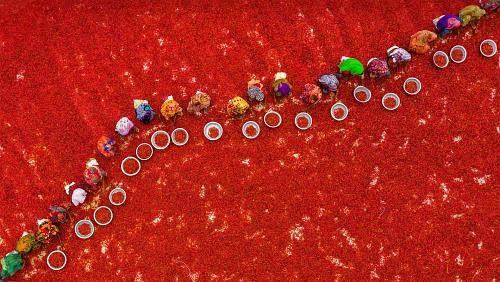The safe disposal of sharps and biohazardous waste is a critical aspect of healthcare facilities’ infection control and waste management protocols. Improper handling and disposal of these types of waste can put healthcare workers, patients, and the general public at risk of exposure to potentially harmful pathogens and contaminants. In this article, we will discuss the best practices for safely disposing of sharps and biohazardous waste in healthcare settings.
Sharps, such as needles, syringes, and scalpels, are used in healthcare settings for various procedures, including injections, blood draws, and surgeries. Due to their sharp edges and potential to carry infectious material, sharps are classified as biohazardous waste and must be disposed of in a safe and secure manner.
To safely dispose of sharps in healthcare settings, healthcare workers should follow these guidelines:
1. Use puncture-resistant containers: Sharps should be disposed of in puncture-resistant containers that are specifically designed for sharps disposal. These containers should be leak-proof and have a secure lid to prevent accidental needlesticks.
2. Do not overfill containers: Sharps containers should not be overfilled as this can increase the risk of needlesticks when attempting to dispose of additional sharps. Healthcare workers should follow the manufacturer’s guidelines for proper disposal capacity.
3. Do not recap needles: Recapping needles after use increases the risk of needlestick injuries. Healthcare workers should dispose of needles directly into sharps containers after use, without recapping them.
Biohazardous waste, which includes blood, bodily fluids, tissues, and other potentially infectious materials, must also be properly disposed of to prevent the spread of infections. In healthcare settings, biohazardous waste is typically collected in designated containers and disposed of following these guidelines:
1. Use biohazard bags and containers: Biohazard waste should be collected in biohazard bags, which are color-coded in red or labeled with biohazard symbols. These bags should be placed in leak-proof containers to prevent spills and cross-contamination.
2. Seal containers properly: Once biohazard bags are filled, they should be securely sealed to prevent leakage. The containers should be labeled with the date and contents of the waste to facilitate proper disposal.
3. Store waste in designated areas: Biohazard waste should be stored in designated areas within healthcare facilities that are accessible only to authorized personnel. These areas should be secured to prevent unauthorized access.
In addition to proper disposal of sharps and biohazardous waste, healthcare facilities should also have protocols in place for handling and disposing of hazardous chemicals, pharmaceutical waste, and other environmental hazards. Regular training and education on waste management practices should be provided to healthcare workers to ensure compliance with regulations and guidelines.
Overall, the safe disposal of sharps and biohazardous waste in healthcare settings is essential for the prevention of infections and protection of healthcare workers, patients, and the community. By following proper disposal practices and utilizing the appropriate containers and procedures, healthcare facilities can minimize the risks associated with handling these types of waste and contribute to a safer and healthier environment.







